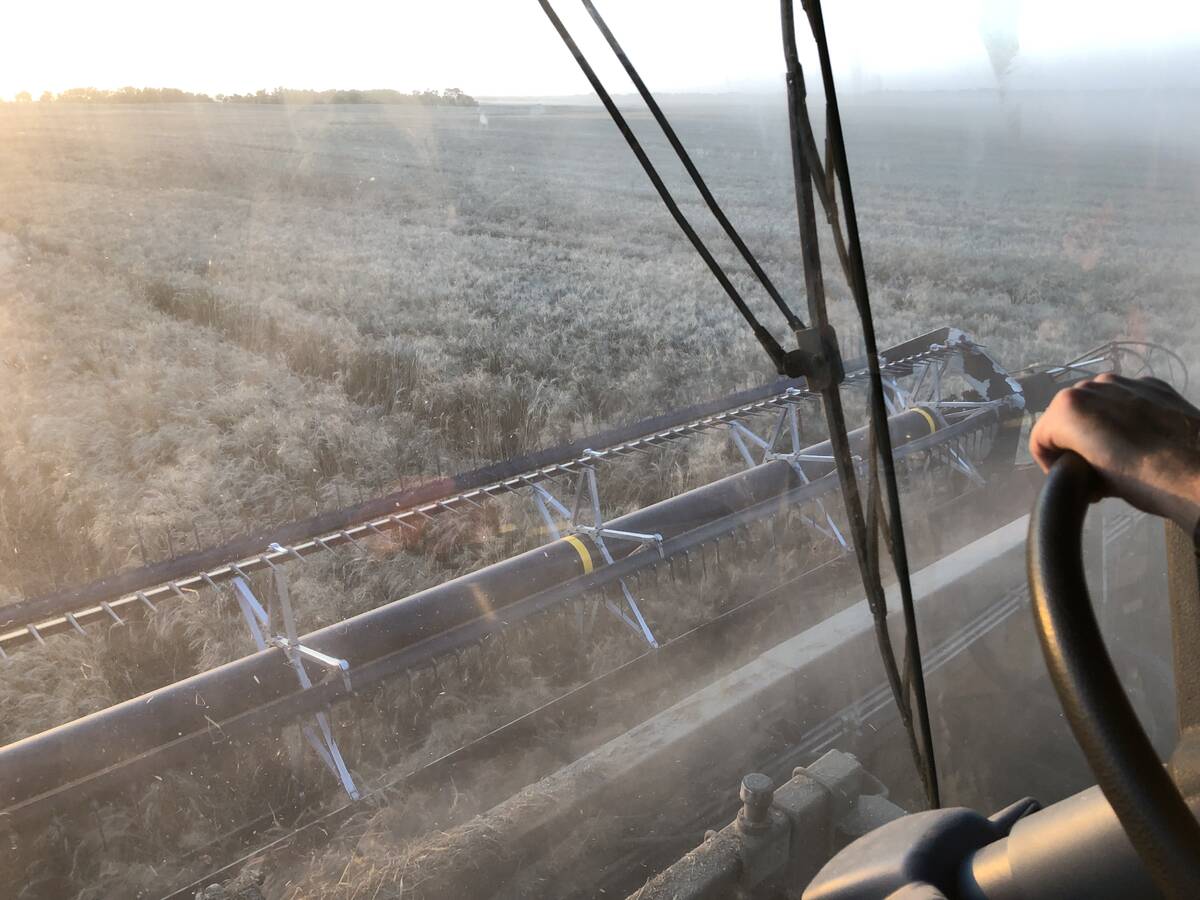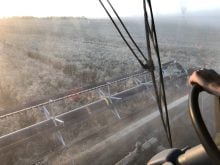It was a decision based on principle, but it has paid off in dollars
and cents.
When Saskatchewan Wheat Pool was restructured in 1996, member Ron
Watson wanted no part of the new publicly traded company.
So the Lancer, Sask., farmer turned in his newly minted shares, valued
at $12 each, when trading began on the Toronto Stock Exchange.
Today, those shares, which once were worth more than $20, are trading
at around $1 apiece.
“It was a move based on principle but we ended up not losing money on
Read Also

Mail strike disrupts grain sample delivery
The Canadian Grain Commission has asked farmers to consider delivering harvest samples directly to CGC offices, services centres or approved drop offs as Canada Post strike delays mail.
it, I guess,” Watson said with a laugh last week. “Usually principles
cost you money but this time we made a little.”
The company’s share dipped as low as 78 cents on Sept. 20, shortly
after the pool announced its latest round of job cuts and elevator
closures.
Since then the price has rebounded slightly, closing Sept. 30 at $1.19.
The pool last week was sticking to its official policy of not
commenting on the price of its shares.
Colleen Vancha, director of investor relations, said the company will
talk about its own operations and the state of the industry, but not
the value of its shares.
“The price is driven not only by company events but also industry
events as well as financial market events,” she said. “For us to try to
peg all of those things is just not appropriate.”
But the share price is definitely the subject of questions and
conversation on coffee row, said pool delegate Rick Reich.
“How could it not be?” he said from his farm at Craik, Sask.
When pool members and other farmers ask him what’s going on, he tries
to put it in the context of the problems being experienced by the
entire grain industry.
“Agriculture is not seen as a good place to invest in right now and the
pool is bearing the brunt of that.”
At the same time, he said he knows of a lot of farmers who are taking
advantage of the low price to buy shares.
“At 80 cents or a buck, what have you got to lose?” he said. “I think
most people realize there is more value than a dollar a share in the
company.”
There are differing interpretations of the significance of a low share
price.
Dale Domian, a professor of finance at the University of Saskatchewan,
said the share price reflects what investors think about the company’s
future earnings potential.
“A low share price is a symptom of underlying problems facing the
company,” he said. “That’s certainly been the case with SWP.”
A low share price can serve as a wake-up call to management that things
aren’t on the right track, he said. At the same time, if managers focus
too much on short-term changes in the share price they won’t be looking
at the big picture.
David Schroeder, a grain industry analyst with Dominion Bond Rating
Service, said in the pool’s case the low share price is more a
reflection of the company’s past and present problems. An investor
looking to the future would see that the pool is positioned to do well
once industry conditions return to normal.
The recent price drop won’t have any significant impact on the
company’s finances or relationships with its lenders, he said: “It’s
pretty much a non-event, unless you hold the stock.”
One measure of a company’s value is to multiply the share price by the
number of outstanding shares.
With the pool’s 37.4 million publicly traded shares valued at $1 each,
that translates into market capitalization of $37.4 million. When the
shares were trading at $20, the market capitalization was around $740
million.
















